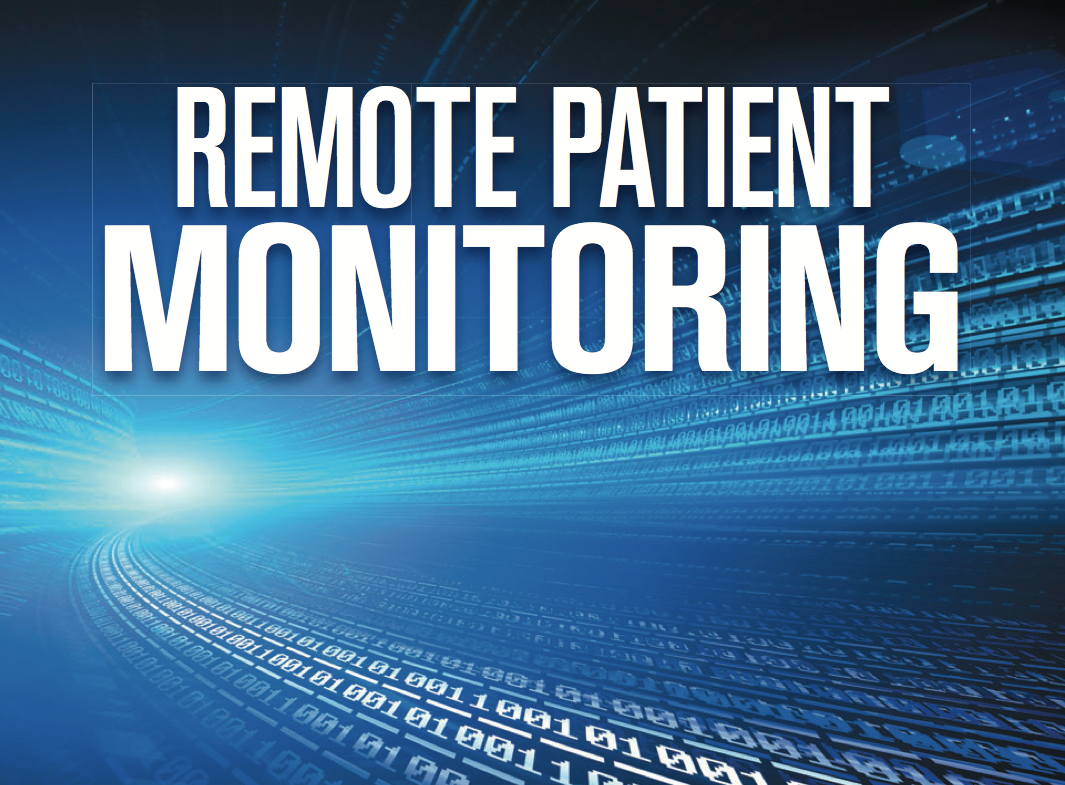Article
Must-see remote patient monitoring gadgets
As millions of dollars in venture capital pour into the development of remote patient monitoring technologies, these devices, available now or in development, could have profound effects on the ways physicians communicate with, schedule, monitor and engage patients. In this photo gallery, Medical Economics introduces you to several remote patient monitoring devices with interesting applications.

As millions of dollars in venture capital pour into the development of remote patient monitoring technologies, these devices, available now or in development, could have profound effects on the ways physicians communicate with, schedule, monitor and engage patients. According to a recent report by GBI Research, the remote patient monitoring sector is growing so quickly it could reach sales of $8 billion in just three years. In this photo gallery, Medical Economics introduces you to several remote patient monitoring devices with interesting applications.
The ZIO XT Patch helps physicians by continuously recording a patient’s heartbeats for up to 14 days, according to its maker iRhythm. Once a physician prescribes the FDA-approved patch and establishes a monitoring period, the patient wears the device and sends it back to iRhythm’s Clinical Centers to process and analyze. iRhythm sends a report to the physician for review and final interpretation. The ZIO XT Patch is noninvasive, water-resistant, and has no leads or wires.
This fitness monitor device for feet includes smart socks and an electronic anklet that monitor steps, speed, distance, cadence and foot-landing pattern to identify running styles. The data syncs with both Android and iPhones and can give runners audio cues if they are running in a way that may lead to injury.
Cue is a stylish, portable system that can monitor users’ vitamin D and testosterone levels, fertility, levels of inflammation, and diagnose the flu. The device analyzes samples of saliva, blood or mucous and sends results via Bluetooth to a smartphone app that can chart results, give fitness advice and offer suggestions for further treatment. Cue is available for pre-order to start shipping in spring 2015.
Google's smart contact lens project
The technology giant introduced its smart contact lens project in early 2014, with intentions to monitor glucose levels for people with diabetes through tears once per second. The contacts look and feel just like regular lenses, but they include computer chips the size of glitter and an antenna that is thinner than a strand of hair. Google says it is talking to the U.S. Food and Drug Administration about bringing the product to the market, but there is no word yet on a release date.
BodyGuardian Remote Patient Monitoring System
Cardiac rhythm management devices lead the way in the remote patient monitoring market. The BodyGaurdian Remote Patient Monitoring System is a heart-monitoring device developed by Preventice and the Mayo Clinic. The patient wears a bandage-shaped device that tracks cardiac data and stores the information on a cloud-based platform. Physicians can view their patients’ data remotely and can be alerted to any abnormal activity.
The Kinsa Smart Thermometer is a mobile-connected thermometer. But its goal extends beyond notifying patients of when they have a fever. At the first sign of an illness, patients can log their symptoms into their smartphone app. Kinsa says this will allow parents to see what illnesses are “going around” when their child gets sick. The company says it hopes to use patient data to create “a real-time map of human health.”
Glooko’s MeterSync devices allow patients with diabetes to monitor their glucose levels and download their data directly to their smartphone. Patients can email, print or fax their glucose reports to their physicians. The devices are compatible with more than 25 glucose meters and are available on iOS and Android platforms.







